Recycled Water Facility in Australia Offers Lessons for Global Drought Planning
Recycling wastewater is cheaper than desalination and less environmentally damaging than river diversions.
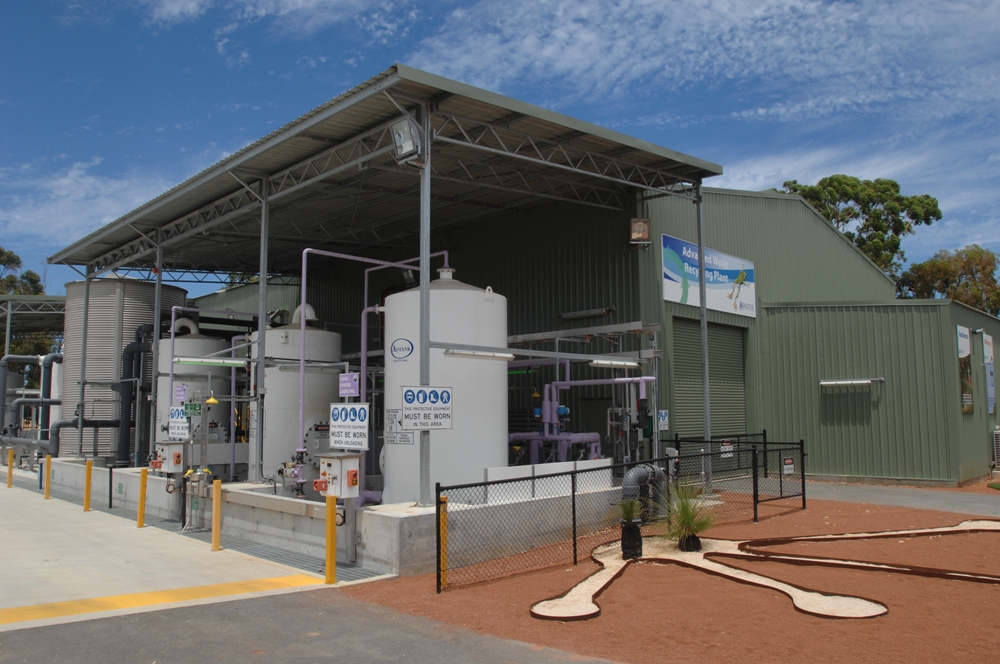
By Brett Walton
Circle of Blue
The blueprint for meeting Australia’s future water demand is taking physical shape in Craigie, a northern suburb of Perth, the largest city in Western Australia.
An unremarkable patch of dirt today, the construction zone will soon be home to Australia’s largest facility to cleanse municipal wastewater, inject it into underground aquifers, and reuse it for drinking. In its design and construction, the landmark project reflects a growing awareness among urban leaders in Australia, not to mention in parched cities from California to China around the globe, that a reliable supply of water is already flowing through their jurisdictions – in their sewer pipes. Cheaper than removing the salt from sea water and less environmentally damaging than river diversions, recycled water is suddenly in fashion.
–Stuart Wilson, deputy executive director
Water Services Association of Australia
More than a piece of flashy hardware, the $AUS 124 million Perth Groundwater Replenishment Scheme, which broke ground in late October, is also a leading example of how recycled water projects should be planned, designed, and tested, argue industry experts. The diligence, rigor, and openness of the facility’s planning process is a notable break from the cycle of crisis and hurried response that so often characterizes the municipal water sector. The Perth facility’s success in moving from concept to construction holds lessons for other cities wanting to tap wasted water assets, according to Stuart Wilson, deputy executive director of the Water Services Association of Australia, a trade group.
“It’s a groundbreaking project, no question,” Wilson told Circle of Blue. “A key to that has been community engagement to gain full acceptance.”
Nearly a decade in development, the idea of making sewer water drinkable instead of being flushed out to sea was tested in the court of public opinion starting in 2010 and emerged as a winner. A demonstration project ran for three years to evaluate the technology. It aced the performance exams, and the Western Australia government proudly endorsed the concept last year.
When completed in 2016, the facility will provide 4 percent of Perth’s water demand – enough recycled water for 50,000 households in the metropolitan area, home to 1.5 million people on Australia’s western coast.
Moreover, the facility’s treatment capacity could double as demand increases. And that is just a first step in a bigger plan for a constellation of recycling plants in the state. Officials at Water Corporation, the state-owned utility that provides the city’s water, want to boost recycling rates to 30 percent by 2030 and 60 percent by 2050.
The investments are part of a long-term water strategy, said Kevin Guppy, project manager for the recycled water facility.
“As Perth has been growing, we’re looking at a diversification of water sources,” Guppy told Circle of Blue.
Talking About Tomorrow Today
Water Corporation is planning now for a dry future that has already turned drier. Rainfall in Perth’s corner of Western Australia has declined by 12 percent since 1990. Coupled with higher temperatures, less precipitation means less water reaching the city’s reservoirs. The inflow was 30 percent of average between 2001 and 2010.
Water Corporation established its recycling goals in a 50-year water plan published in October 2009. The plan sets out multiple water-supply paths – the diversification that Guppy touted. The utility will promote conservation to reduce demand, down 29 percent per head in Perth since 2001. It will also invest in desalination plants and recycled water facilities, as well as tap deeper reserves of groundwater so as not to dry up wetlands and springs that use shallower sources.
A year after releasing the water plan, Water Corporation opened a small demonstration project to test the concept of drinkable recycled water. The utility was already supplying recycled supplies to industry and for park irrigation, but it wanted to take the next step.
The three-year demonstration project was located in Craigie, next to the Beenyup Wastewater Treatment Plant, which provided the source water. After a three-stage purification process – microfiltration, reverse osmosis, and ultraviolet radiation – that strips water to its hydrogen and oxygen core, the clean water was injected underground into the Leederville Aquifer, one of Perth’s drinking water sources, at depths reaching 220 meters (722 feet). The technical term for this process is indirect potable reuse, a method also used to boost groundwater supplies in Orange County, California, since 2008. Perth’s full-scale facility will use the same process, and the recycled water will take up to a decade to flow into the city’s water-supply wells once its is injected underground, according to Mark Leathersich, general manager of Water Corporation’s acquisition group.
Community Engagement and Public Support
While the technology was being evaluated, Water Corporation sought public support. It formed a community advisory group, which met quarterly, and it held meetings with more than 70 health and environmental groups and local governments. The demonstration site hosted an education center that received 11,000 visitors.
“Water Corporation consistently received positive feedback to this approach, with community members engaging in discussion and actively seeking more information,” said Leathersich, citing opinion polls showing public support consistently above 70 percent. “Groundwater replenishment has been positively received and publicly supported by all sides of politics.”
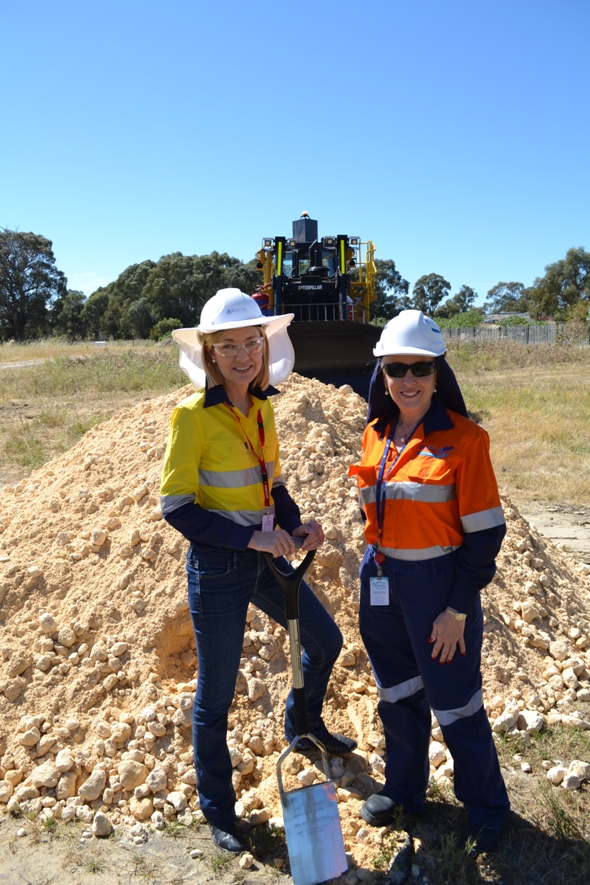
The lesson of the Perth facility is one of thoughtful planning, according to Greg Oliver, general manager of the Australian Water Recycling Center of Excellence, a research group.
“This is the first time in Australia that a potable reuse scheme has been done well and with the correct level of public engagement,” Oliver told Circle of Blue. “The lesson is: Don’t do potable water reuse under a crisis. Do it as part of a water-supply plan.”
Oliver’s counterpoint, the crisis he speaks of, was a horrifyingly dry decade in the 2000s, called the Millennium Drought or The Big Dry. In those years of panic and desperation, several cities invested in mammoth desalination plants and recycled water schemes as reservoirs shrank to record lows. At the time, the logic seemed sound: a city without water soon is no longer a city – its vitality drained, its people driven elsewhere. For good reason, a city nearly without water is a city on the edge, a place willing to take drastic and often expensive action.
“The Millennium Drought was bigger and deeper and went on longer than people foresaw,” said Wilson of the Water Services Association of Australia. “It led to emergency decisions.”
So the facilities were built quickly – a $AUS 3.5 billion desalination plant in Victoria completed in 2012 and a $AUS 2.5 billion recycled water system in Queensland completed in 2008.
Today, after rains have returned and brought reservoir levels closer to brim than bottom, neither facility is producing any water. The Western Corridor Recycled Water Scheme, in Queensland, is being put into the infrastructure equivalent of suspended animation. It will not be needed for at least 15 years, according to Liz Kearins, spokeswoman for Seqwater, the utility that operates the project.
Expensive white elephants to some critics, the big assets still have value, Wilson told Circle of Blue.
“I won’t say every decision made under emergency conditions was a good one,” he said. “But desalination has insurance value. The strength of desalination is that it can be switched off. That flexibility is a strength often presented as a weakness.”
But it is flexibility at a price. The governments in Queensland and Victoria have bought drought insurance at the expense of public anger over water bills. Wilson said that water-supply plans need not just to look at water demands but also at what the community is willing to pay. Perth has passed that test, he said.
Brett writes about agriculture, energy, infrastructure, and the politics and economics of water in the United States. He also writes the Federal Water Tap, Circle of Blue’s weekly digest of U.S. government water news. He is the winner of two Society of Environmental Journalists reporting awards, one of the top honors in American environmental journalism: first place for explanatory reporting for a series on septic system pollution in the United States(2016) and third place for beat reporting in a small market (2014). He received the Sierra Club’s Distinguished Service Award in 2018. Brett lives in Seattle, where he hikes the mountains and bakes pies. Contact Brett Walton



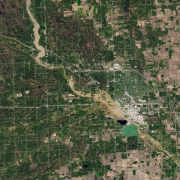

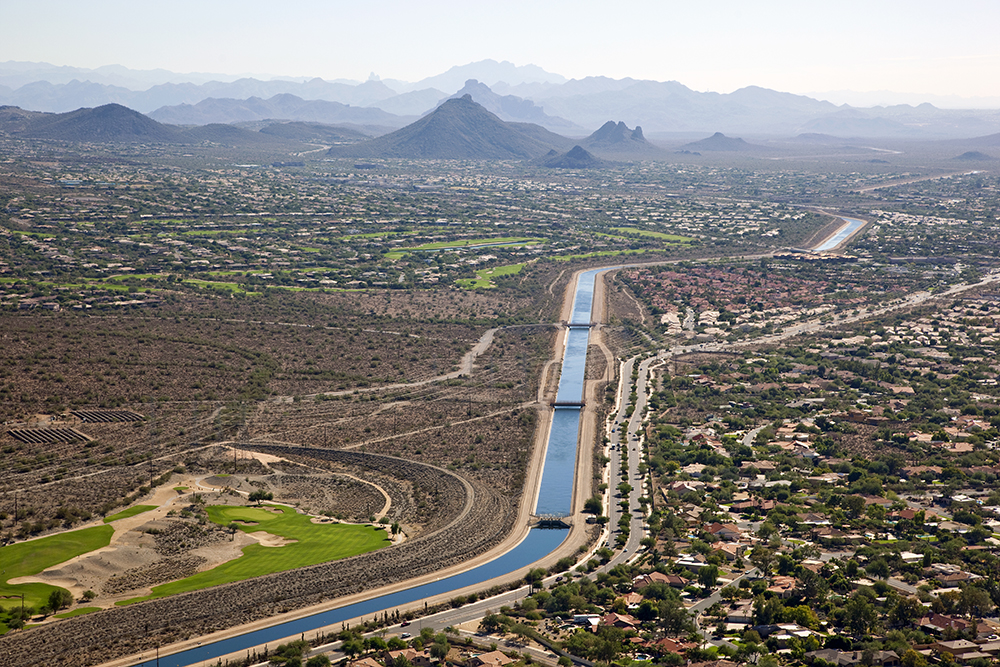
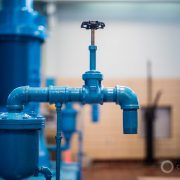
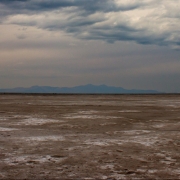



This is done on a larger scale in California. http://www.scpr.org/news/2014/03/06/42632/california-drought-orange-county-taps-sewage-water/